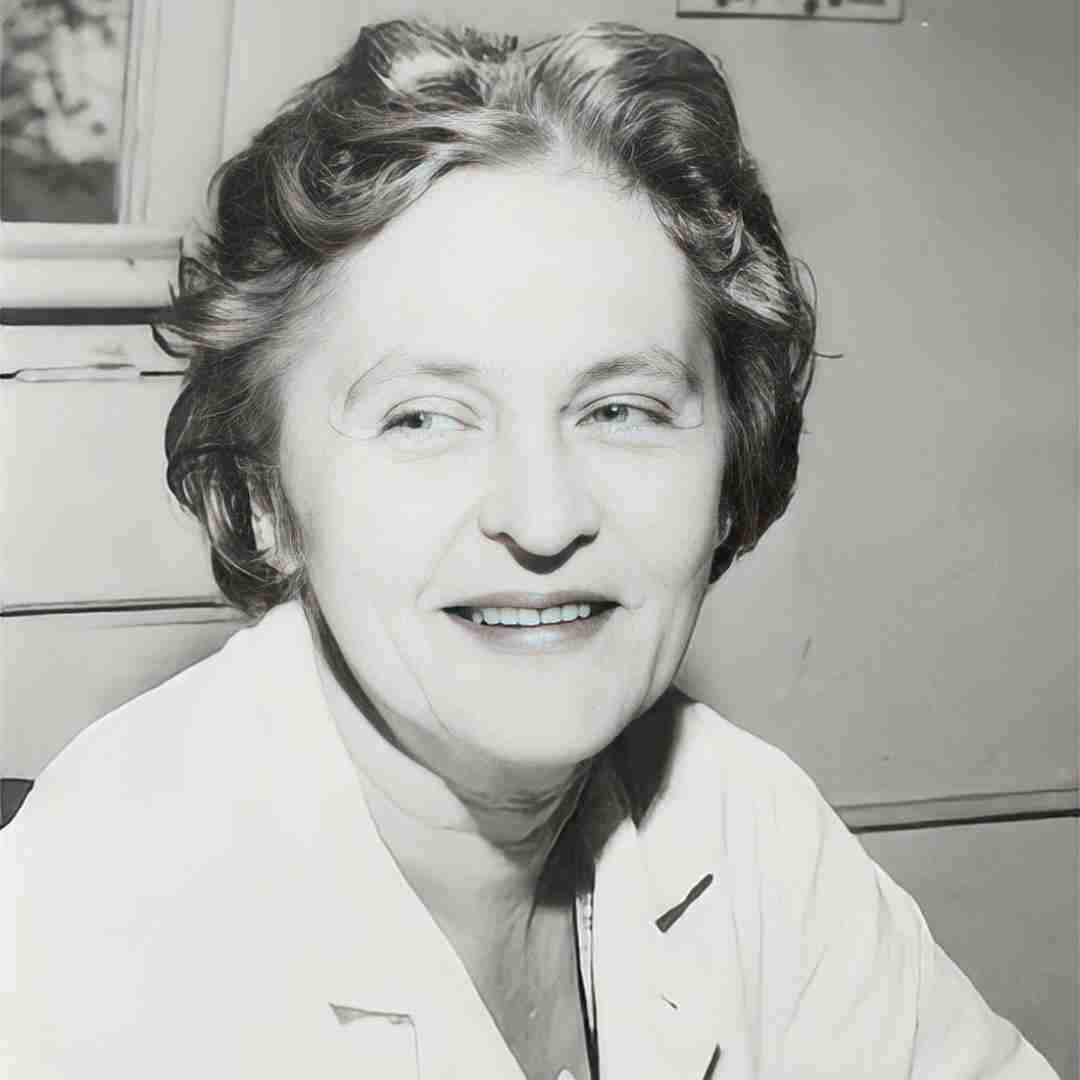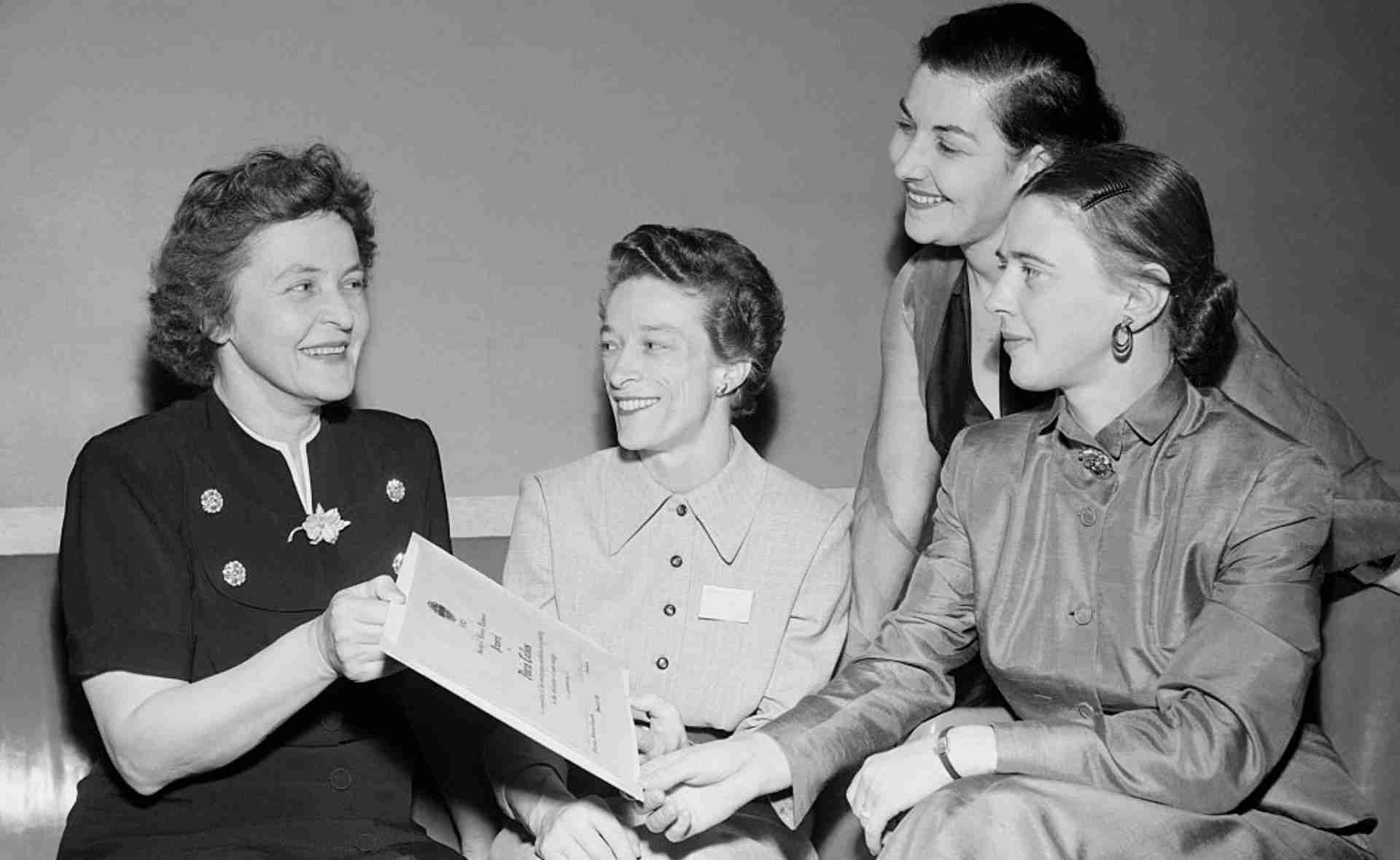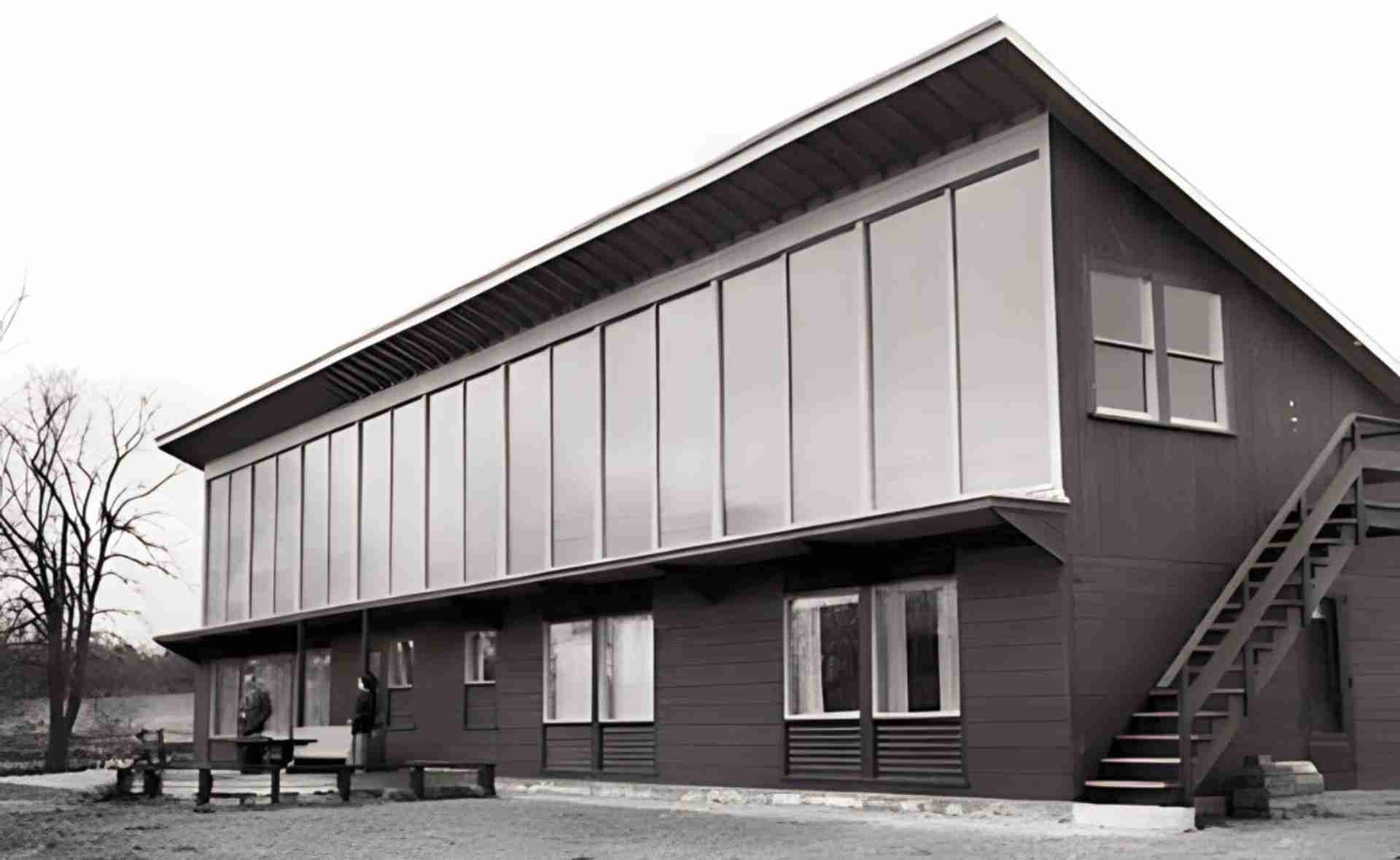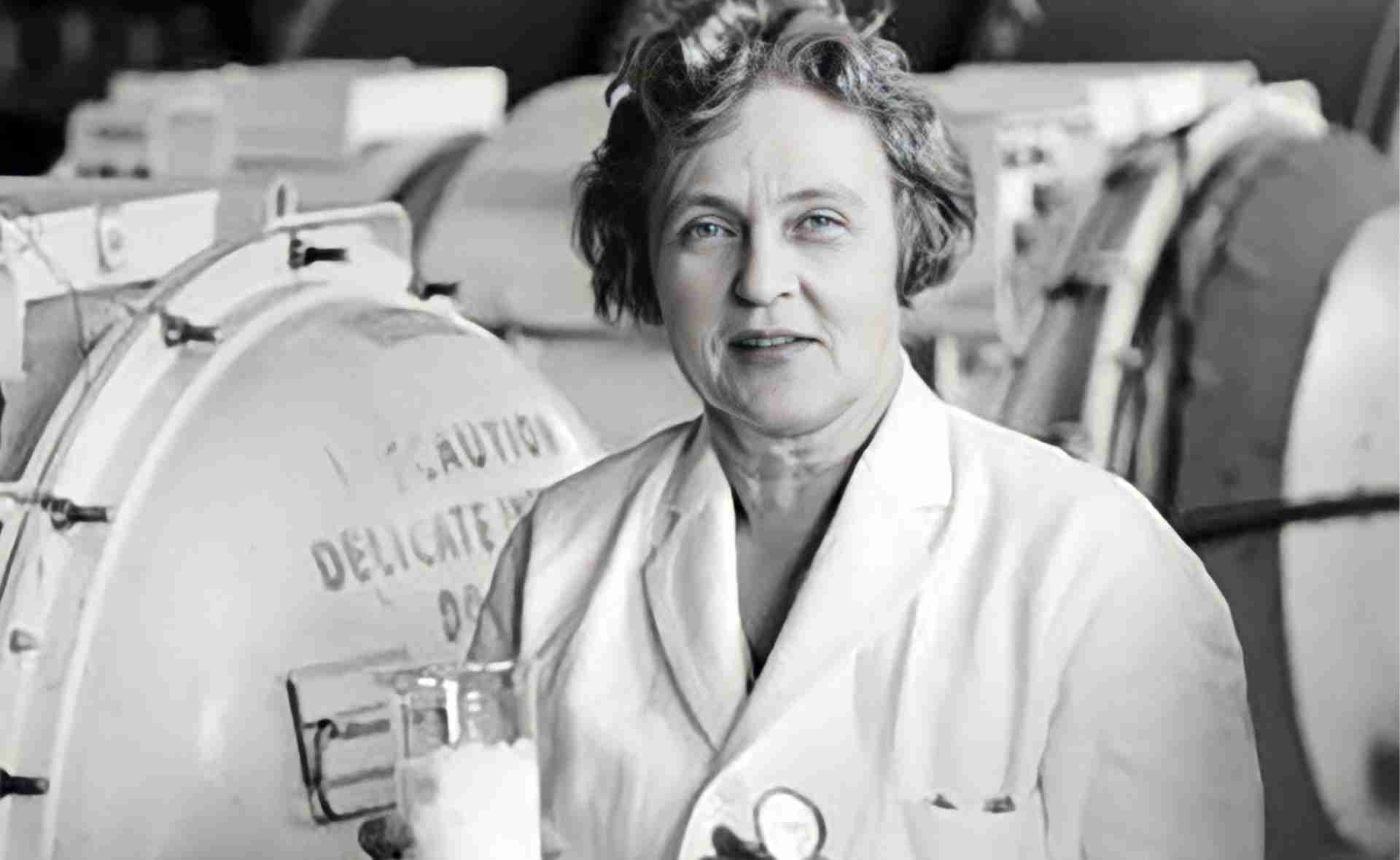Women’s History Month is a celebration of women’s contributions to history, culture and society and has been observed annually in the month of March in the United States since 1987. Honoring the often-overlooked contributions of women to United States history, this month the Liszt Institute New York is embarking on a journey to shed light on those Hungarian women whose achievements played a significant role in the history of the United States.
In the first iteration of the series, we are delighted to introduce dr. Mária Telkes (1900-1995), the Hungarian biophysicist and inventor who was called the "Sun Queen". Dr. Telkes was a remarkable scientist and technologist whose pioneering work with solar technology and phase change materials (PCMs) laid a foundation of study for scientists today. Although she did not live to see the large scale application of her work with PCMs, she did see the appreciation of some of her other solar technologies, including desalination and cooking applications.

“I was only 11 when a simple school experiment, the melting of sulphur, made me intensively curious about chemistry,” Telkes wrote in 1964. “My parents were amused and tolerant, even after a loud but harmless explosion. Avidly reading science books, I was experimenting.”
Born in Budapest in 1900 into a well-off family, dr. Mária Telkes graduated from the University of Budapest studying physics and mathematics and earned her Phd in physical chemistry there as well in 1924. After graduation she became an instructor at the institution, but later decided to immigrate to the United States after visiting her uncle, Ernő Ludvig, who served at the time as the Hungarian consul in Cleveland.
In 1925 she accepted a position as a biophysicist for the Cleveland Clinic Foundation, where she worked with American surgeon George Washington Crile to create a photoelectric device that recorded brain waves. Telkes obtained American citizenship in 1937. That same year she became a research engineer at Westinghouse Electric, where she developed instruments that converted heat into electrical energy; however, she made her first forays into solar energy research in 1939.

In 1940, Telkes began a partnership with the Massachusetts Institute of Technology, joining the university’s Solar Energy Conversion Project. Her involvement with this project would put her on a fifty-year path to developing innovative new processes for capturing and deploying solar energy. During World War II Telkes was assigned to the U.S. Office of Scientific Research and Development, and it was there that she created one of her most important inventions: a solar distiller capable of vaporizing seawater and recondensing it into drinkable water. She remained at MIT after the war, becoming an associate research professor in metallurgy in 1945.

The Dover sun house. Source: MIT Archives
“It is the things supposed to be impossible that interest me. I like to do things they say cannot be done,”
While working with MIT she designed a solar heating system for the Dover House, an experimental home designed to showcase the power of solar energy, built in 1948, designed by architect Eleanor Raymond and sponsored by Amelia Peabody. Telkes’ system was able to capture and store solar energy which was then distributed by fans as needed. Her storage process relied on chemistry; she developed a process whereby solar-generated energy could be stored chemically through the crystallization of a sodium sulfate solution.
In addition to this work, Telkes was awarded a $45,000 grant from the Ford Foundation to work on a solar oven. Her oven was to be used by individuals in any country of the world, to prepare any type of cuisine, and to be safe enough to be used by children. In the process of inventing this oven, she also developed a faster way for farmers to dry their crops.

In 1953, a year after she won the first-ever Society of Women Engineers Achievement Award, Telkes moved on to the New York University College of Engineering where she established a laboratory dedicated to solar energy research. From there she returned to industry, joining the Curtiss-Wright Company as director of the firm’s solar energy laboratory. She moved on to Cryo-Therm, working on space and sea-proof materials from 1961 to 1963 before moving on to Melpar, Inc., where she served as director of the company’s solar energy laboratory until 1969. At that time Telkes returned to academia as a researcher at the University of Delaware’s Institute of Energy Conversion.
Dr. Telkes invented many other practical thermal devices until her retirement in 1978, and she kept submitting her patents until she was 90. In 1995 she returned to Budapest to see her beloved city one last time. She passed away there 10 days before her 95th birthday.
Did you know?
- Thanks to the achievement of her invention, the photoelectric device that recorded brain waves, Dr. Telkes was recognised in 1934 by The New York Times, along with ten other women from different areas such as film and sports, as one of the eleven most influential women in the US.
- Dr. Telkes received the Society of Women Engineers Achievement Award in 1952. She retired at 77 and received a lifetime achievement award from the National Academy of Sciences Building Research Advisory Board.
- Dr. Telkes also has more than 20 patents to her credit. Her contributions to the solar energy field earned her the nickname the “Sun Queen”.
- In 1977, Telkes was recognized as one of the world’s foremost pioneers in the field of solar energy when she was honored with the Charles Greeley Abbot Award granted by the American Section of the International Solar Energy Society.
